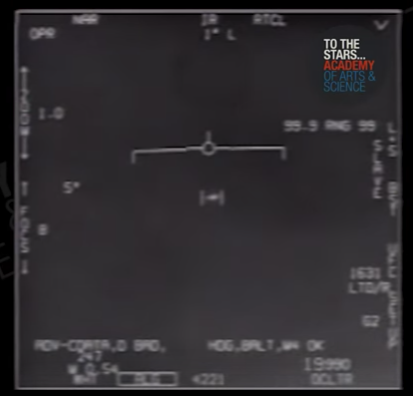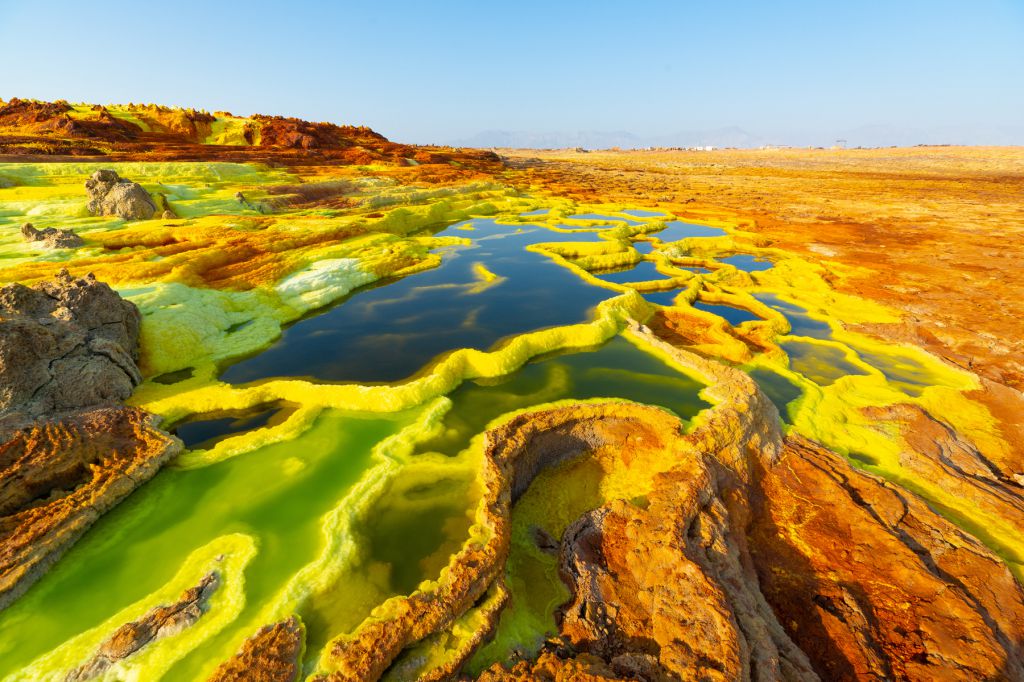Latest articles by Yasemin Saplakoglu
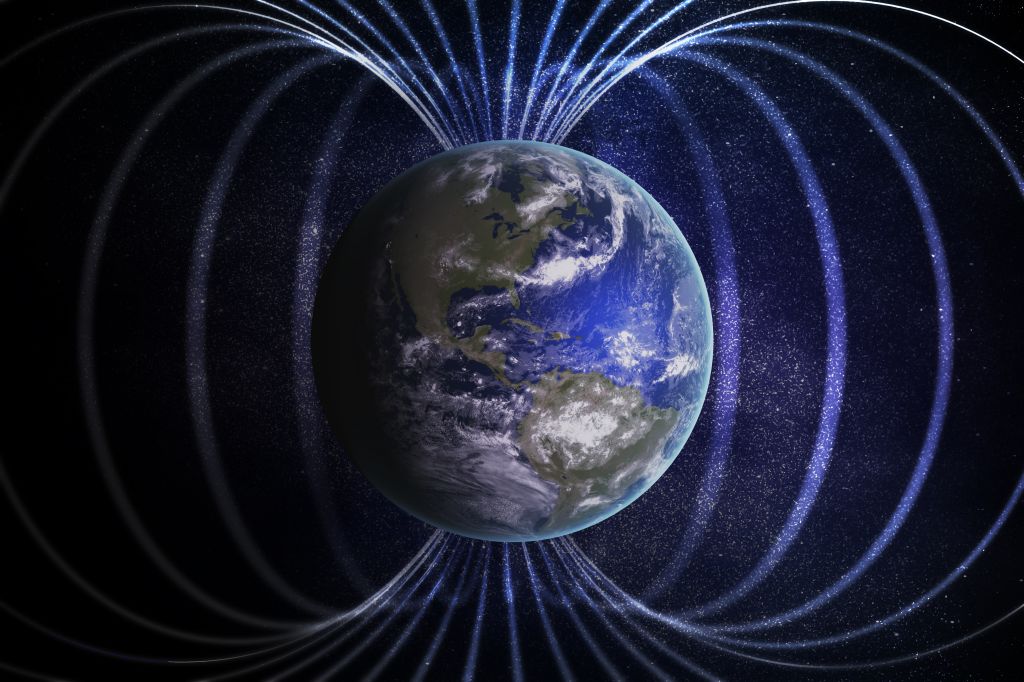
Earth's Magnetic Poles Can Flip Much More Often Than Anyone Thought
By Yasemin Saplakoglu last updated
Earth's magnetic field flipped 26 times every million years during the Cambrian period, the highest frequency ever documented.
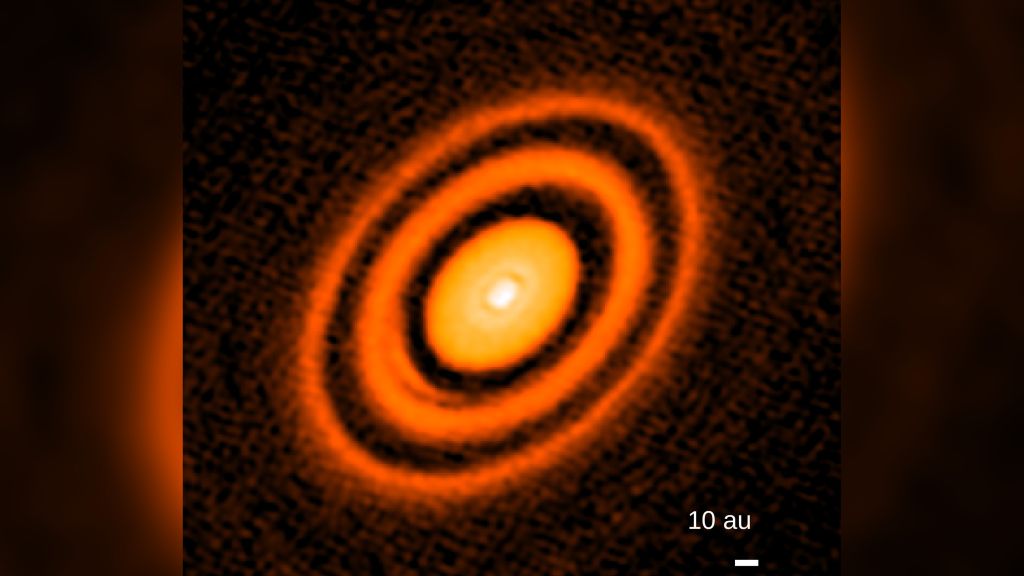
The sun used to have rings like Saturn
By Yasemin Saplakoglu published
Before Earth and the other planets in our solar system existed, the sun may have been surrounded by giant rings of dust similar to Saturn's, according to a new study.

Scientists figure out what happens to Earth's disappearing crust
By Yasemin Saplakoglu published
Earth's outer shell is made of rocky rafts that dive beneath each other. The diving plates weaken, but do not break, according to a new study.
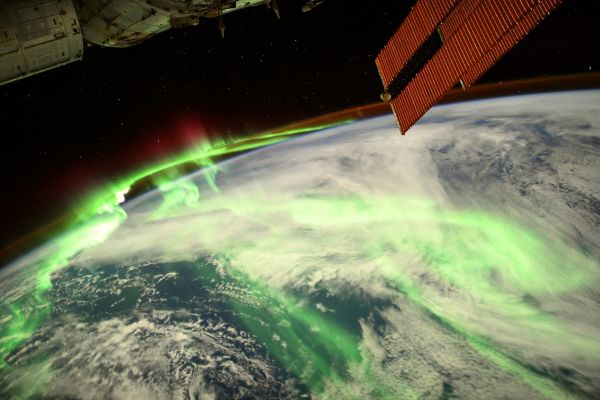
Superbright aurora lights up Earth's night side in incredible image from space
By Yasemin Saplakoglu published
An astronaut aboard the International Space Station (ISS) captured a stunning new photo of the luminous green and red lights of an aurora hugging clouds swirling around Earth's night side.

Smoke sets off alarms on the International Space Station
By Yasemin Saplakoglu published
Alarms blared aboard the Russian side of the International Space Station (ISS) early Thursday (Sept. 9), and the crew reported seeing smoke and smelling burnt plastic, according to news reports.
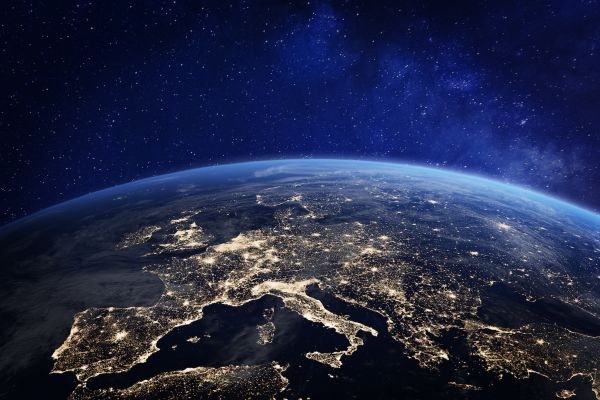
Earth has a 'pulse' of 27.5 million years
By Yasemin Saplakoglu published
Most major geological events in Earth's recent history have clustered in 27.5-million-year intervals — a pattern that scientists are now calling the "pulse of the Earth."

Hurricane season kicks off. Expect higher-than-normal storm activity.
By Yasemin Saplakoglu published
The 2021 Atlantic hurricane season has officially begun, and it's expected to bring a higher-than-average number of storms in the months ahead.
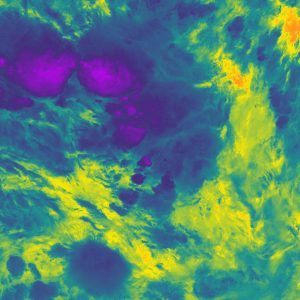
Scientists detect world's coldest cloud hovering over Pacific Ocean
By Yasemin Saplakoglu published
A severe thunderstorm cloud that formed over the Pacific Ocean in 2018 reached the coldest temperatures ever recorded.

Giant crack frees a massive iceberg in Antarctica
By Yasemin Saplakoglu published
This dramatic breakup comes after a major crack formed on the shelf in November 2020 and continued to grow.

'Spooky action at a distance' could create a nearly perfect clock
By Yasemin Saplakoglu published
Quantum entanglement could in theory lead to extremely precise clocks that can hunt for subtle disturbances in space-time.

Earth just had its hottest September on record
By Yasemin Saplakoglu published
Every year, a warming planet is shattering heat records.

Zombie storms are rising from the dead thanks to climate change
By Yasemin Saplakoglu published
Wildfires are burning the West Coast, hurricanes are flooding the Southeast — and some of those storms are rising from the dead.
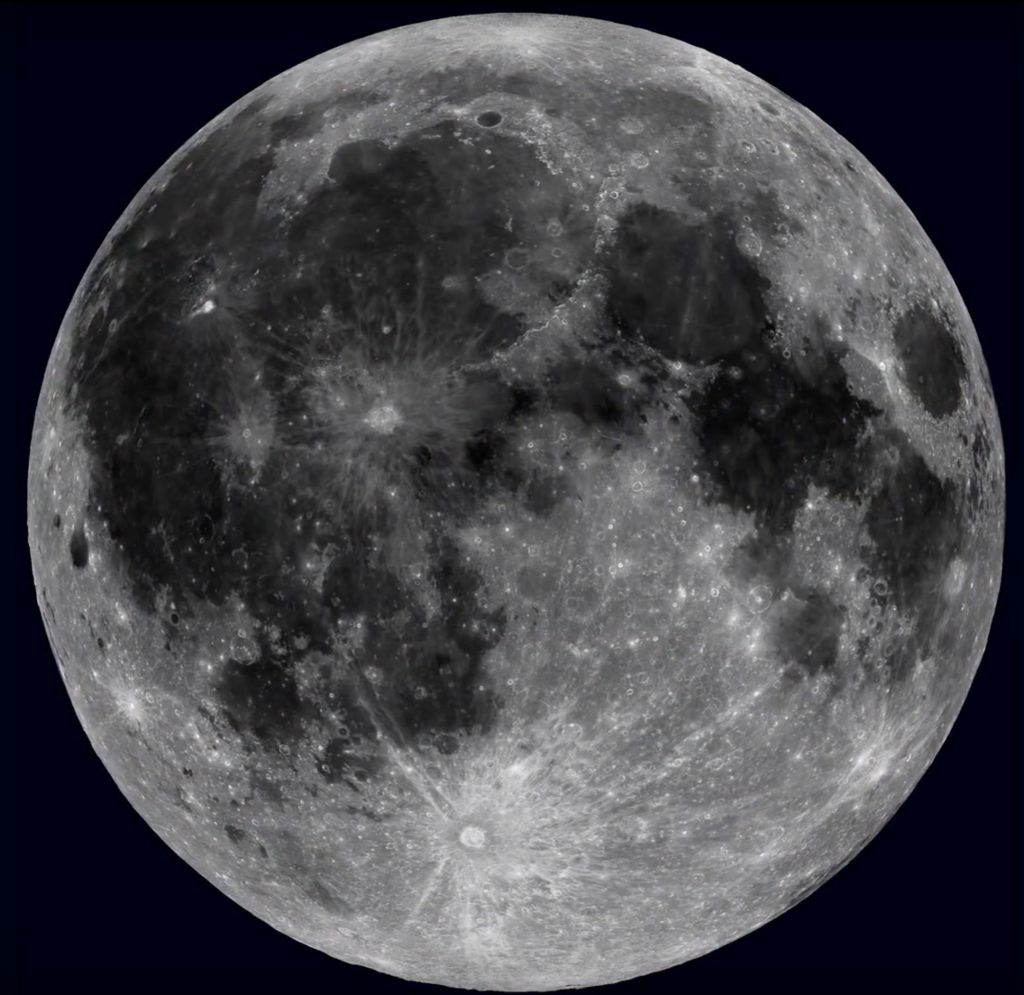
The moon is rusty, and it’s likely Earth's fault
By Yasemin Saplakoglu published
The moon is turning ever so slightly red, and it's likely Earth's fault.

Poop stains visible from space reveal hidden colonies of Antarctic penguins
By Yasemin Saplakoglu published
There might be nearly 20% more emperor penguin colonies in Antarctica than previously thought.
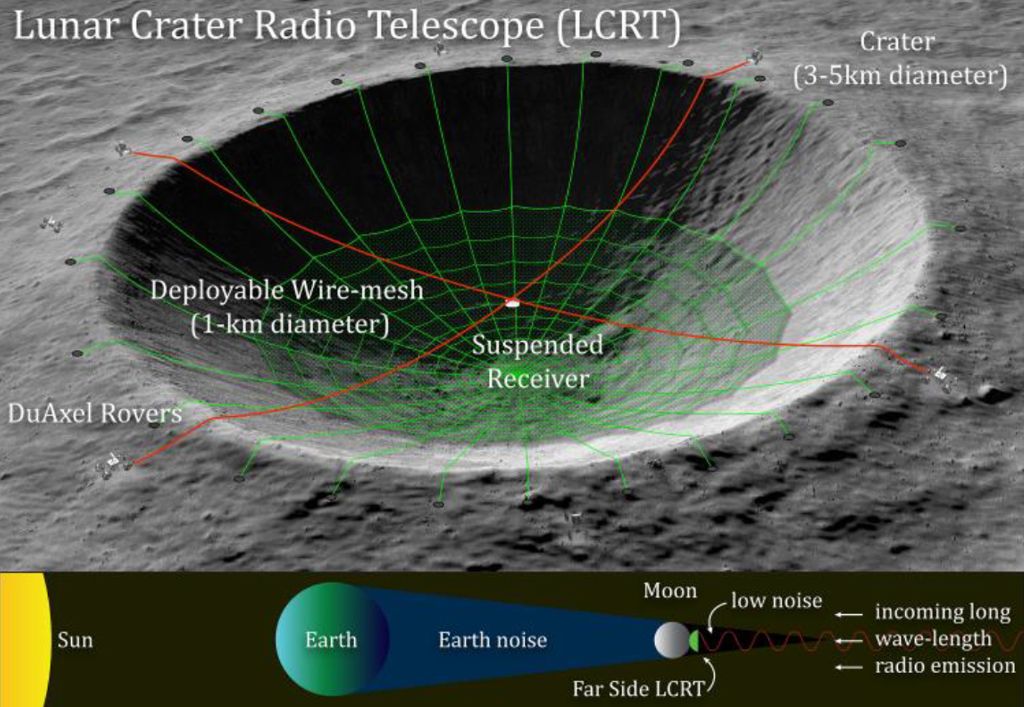
NASA funds proposal to build a telescope on the far side of the moon
By Yasemin Saplakoglu published
This proposed mesh telescope would let us gaze out into the dark cosmos, unhindered by our planet's atmosphere and radio interferences.
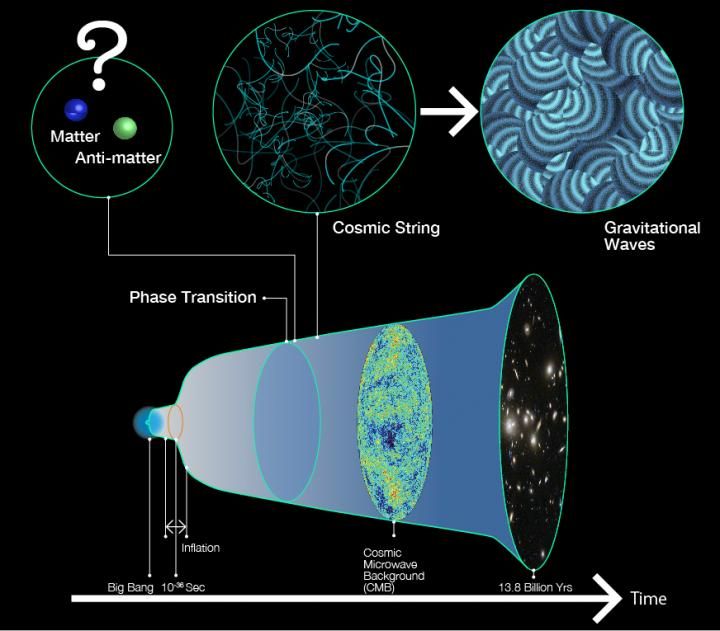
Ripples in space-time could explain the mystery of why the universe exists
By Yasemin Saplakoglu published
A new study may help answer one of the universe's biggest mysteries.
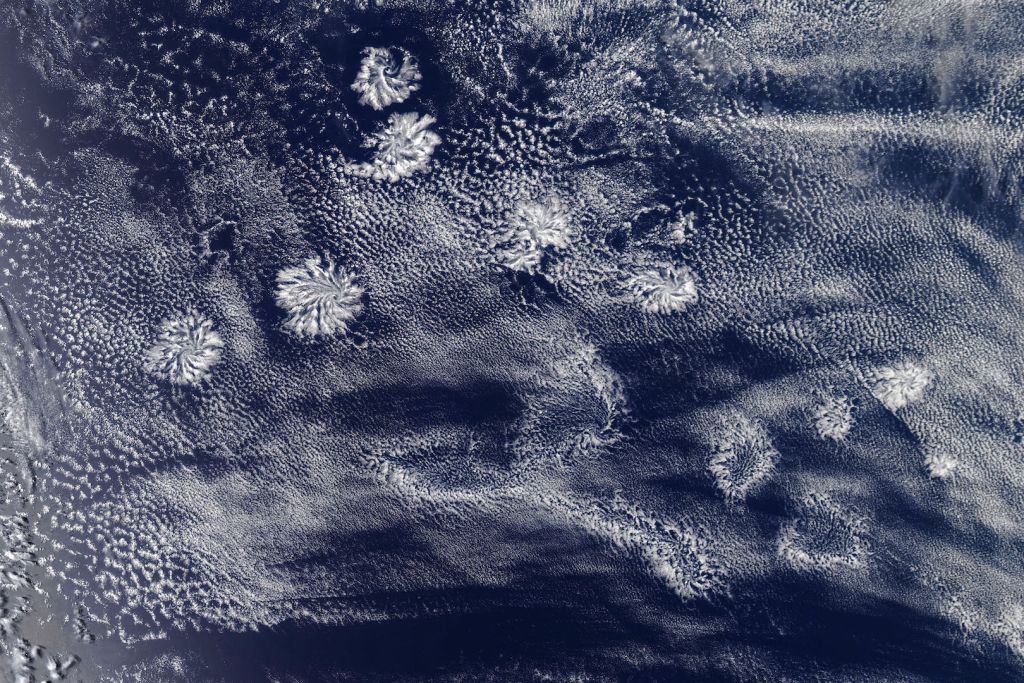
Satellite spies gigantic 'fuzzball' clouds spreading near Australia coast
By Yasemin Saplakoglu published
Satellite passing overhead can see an entirely different canvas of clouds.
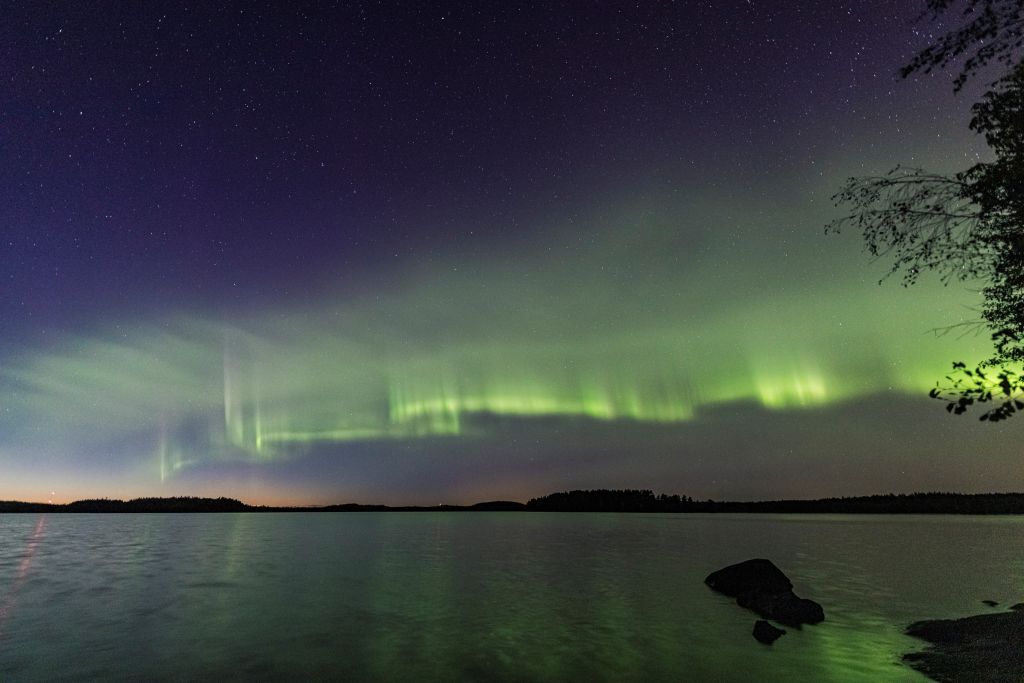
Glowing green 'dunes' in the sky mesmerized skygazers. They turned out to be a new kind of aurora.
By Yasemin Saplakoglu published
The pattern of light was unfamiliar and strangely perfect, reaching out toward the horizon like a set of celestial sand dunes.
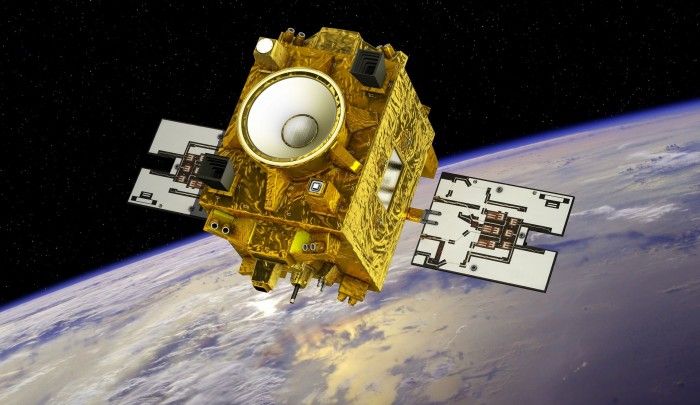
Why physicists are determined to prove Galileo and Einstein wrong
By Yasemin Saplakoglu published
Physicists dropped objects on a satellite for two years to test Galileo's theory of falling objects.
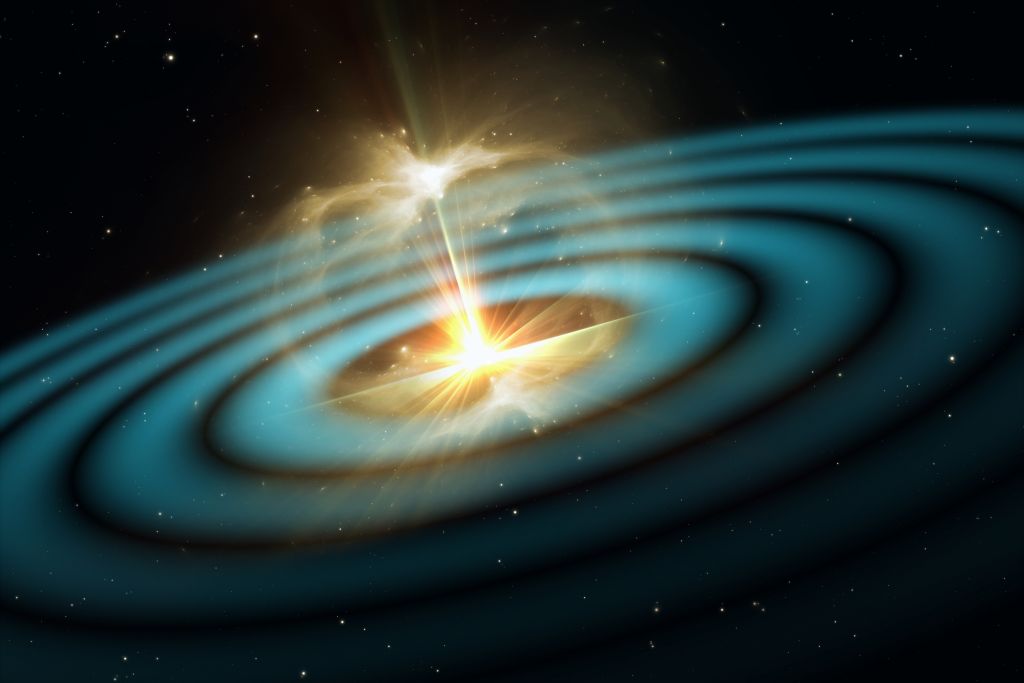
A burst of gravitational waves hit our planet. Astronomers have no clue where it's from.
By Yasemin Saplakoglu published
The signal doesn’t seem to match the most obvious causes.
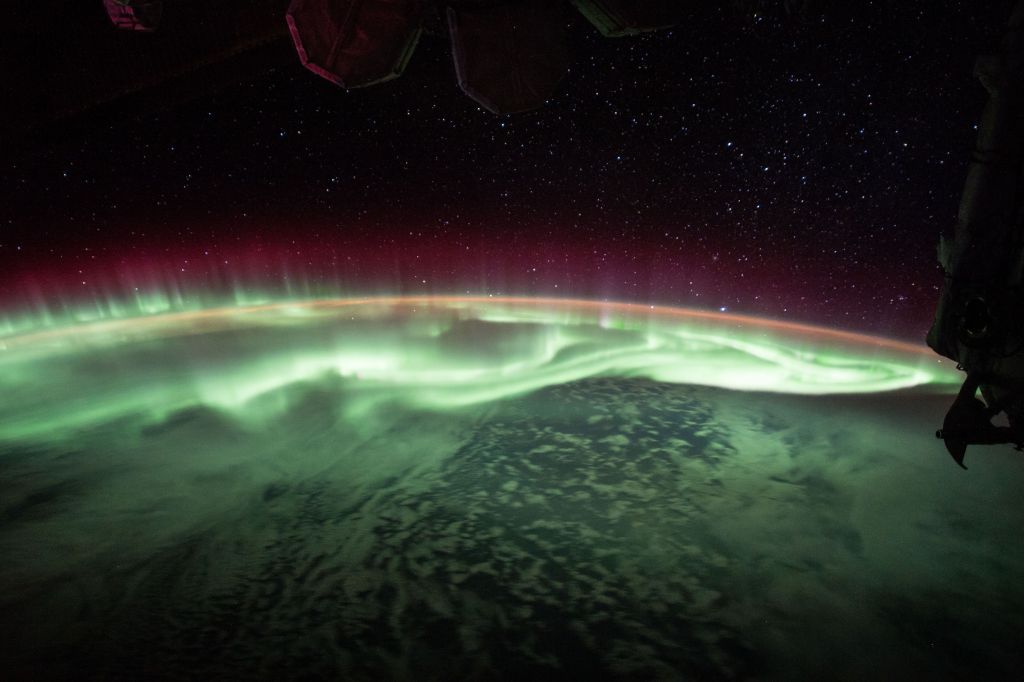
Violent solar storms are happening closer to Earth than anyone thought was possible
By Yasemin Saplakoglu published
The spectacular solar storms that paint the polar skies in beautiful greens and pinks have a darker side
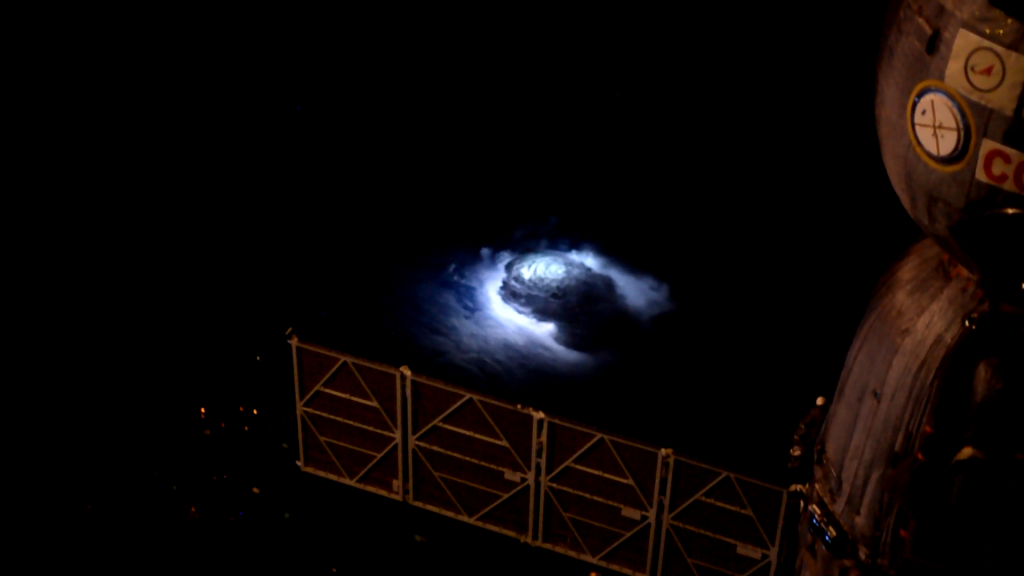
Lightning Bolts Create Glowing Auroral 'Elves' and Brilliant Gamma-Ray Flashes
By Yasemin Saplakoglu published
Dark fluffy thunderclouds don't just fuel dramatic storms, they also produce some of the most energetic flashes of light on the planet.
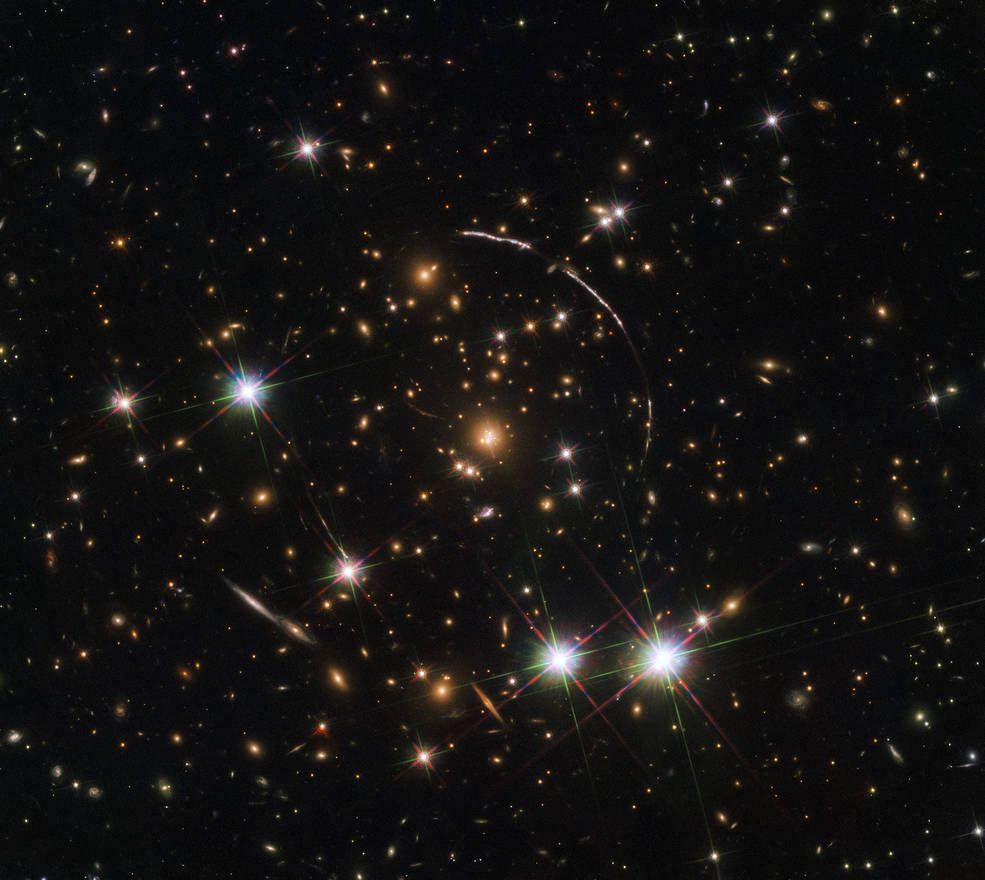
This Is How Light May Have Escaped from the Earliest Galaxies, Turning the Universe Transparent
By Yasemin Saplakoglu published
An intervening cluster of galaxies acts like a cosmic microscope and bends and magnifies light from a distant galaxy.
Breaking space news, the latest updates on rocket launches, skywatching events and more!

